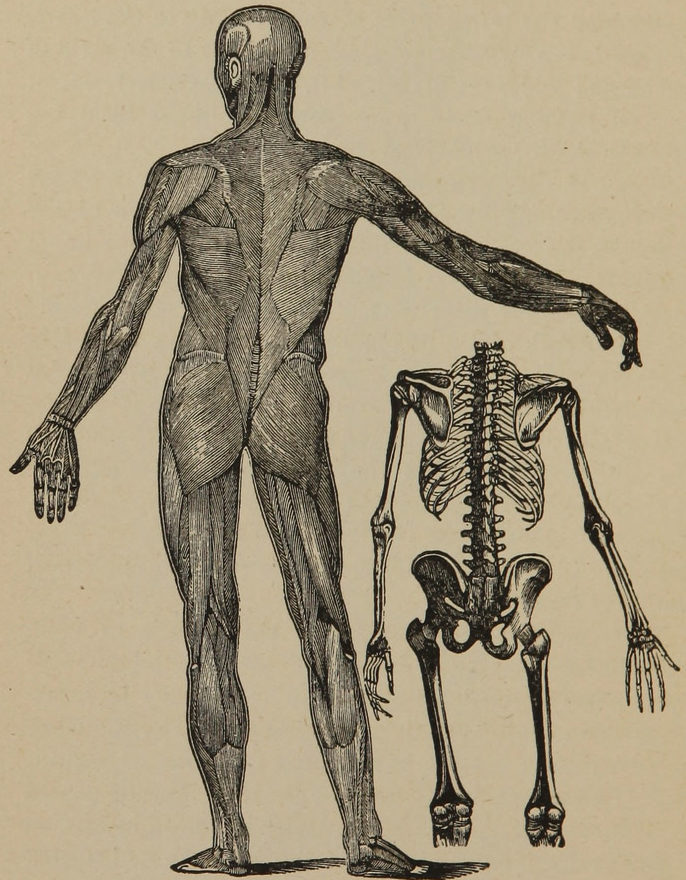Freelancing. It’s one of those maddeningly fuzzy terms that we hear all the time without ever quite grasping what it really means. And there’s a reason for that. Freelancers come in so many different stripes, working in such a broad swath of careers, that it’s difficult to define the concept.
Is a freelance worker the same as a temp worker? Is a freelance worker a contract worker? Is a freelance worker self-employed? Or all—or none—of the above?
Quick Definition: A freelancer is an independent contractor who sells services to different
employers without having a long term contract with any of them.
The Bureau of Labor Statistics says about 6.4% of the workforce is freelance. In Virginia, this means more than 200,000 people. Well, a freelancer, otherwise known as an “independent contractor,” can be all of these things. Freelance workers are self-employed. But they don’t own a store like a merchant, a professional office, like a doctor or lawyer, or a salon like a hairstylist. Instead they contract with employers to provide services or complete projects. They can travel to a client’s worksite to do a job, or they can work at home and send a project to the client. Sometimes they have a lot of different projects with a lot of different clients all going at once. Sometimes they work for just one client at a time, taking on new work only after they have completely put a project “to bed.” They can be paid by the project, by the hour, or sign a contract with a company to work a finite amount of time for a specific sum.

